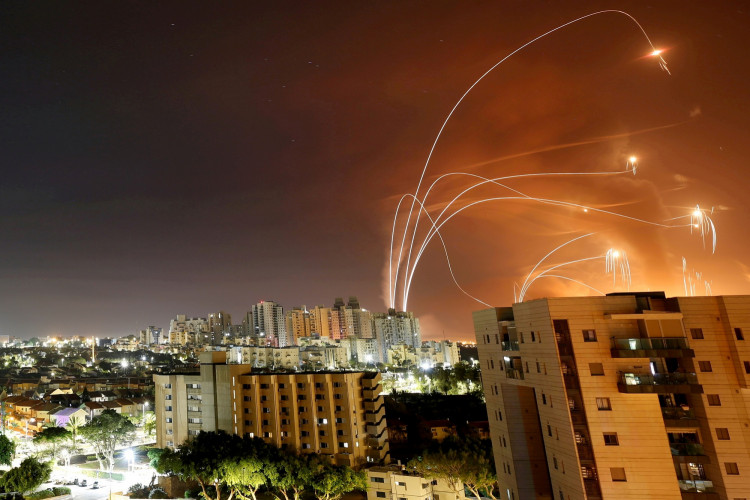Israeli forces intensified their ground operations in the Gaza Strip over the weekend, with a concentrated effort observed in the northern region around Beit Hanoun. Journalists stationed in Sderot, an Israeli border town near Gaza, reported frequent heavy artillery fire and a near-constant bombardment, painting a grim picture of the conflict.
In Sderot, where the artillery's percussion could be felt distinctly, the once bustling town now sits almost vacant. A majority of its civilians have evacuated or left to avoid the immediate fallout of the conflict.
Notably, there seems to be an increase in the operational tempo from the Israeli side, as suggested by both ground observations and video footage emerging from Gaza on Saturday. However, an ongoing communications blackout in Gaza has made it challenging to ascertain the complete extent of the military action.
One of the primary objectives of this operation, according to military analysts, is to dismantle tunnel networks, with special forces believed to be directing air force strikes on targets. Given that tanks are more susceptible during daylight, a shift in strategy is expected, with some tanks possibly retreating to safer positions.
Despite avoiding the term "invasion," experts believe that the Israeli army might be methodically clearing areas of Gaza. The mobilization of over 300,000 reservists initially hinted at a broader invasion. Yet, the prevailing sentiment, as one observer put it, is that the Israeli army is focusing on "payback" and might be advancing through Gaza "slice by slice."
This escalated ground campaign, however, has not been without its civilian toll. The death of Palestinian civilians is likely to increase the tension not just in Gaza, but throughout the Middle East, affecting even nations that have maintained cordial relations with Israel. While it's unclear whether this will broaden the conflict, the region's inherent instability has been further heightened.
Parallelly, the World Health Organization (WHO) released a distressing account of the ground situation in Gaza. Due to the communication and electrical blackouts, health workers, patients, and civilians reportedly spent their nights "in darkness and fear." The lack of communications has hampered emergency medical services, leading to morgues reaching full capacity. The WHO further stressed the dire need for a humanitarian ceasefire and an unhindered movement of essential supplies like medicine, fuel, water, and food.
Furthermore, the bombardment's aftermath is evident in the disrupted communication links. The primary internet operator in Gaza, Paltel, encountered significant damage, complicating efforts to establish contact with individuals in the territory.
Meanwhile, the Israel Defense Forces (IDF) continued their artillery strikes, targeting northern Gaza. A team from CNN, located at an Israeli checkpoint near Gaza, experienced the physical impact of some explosions despite being approximately a kilometer away from the epicenter. IDF reserve soldiers recounted that the previous night's bombings were the most intense they've witnessed, especially when considering the last three weeks since the conflict escalated.
In anticipation of potential threats, Israeli troops have established a comprehensive perimeter around the Gaza Strip, focusing particularly on neutralizing incoming anti-tank weapons.






